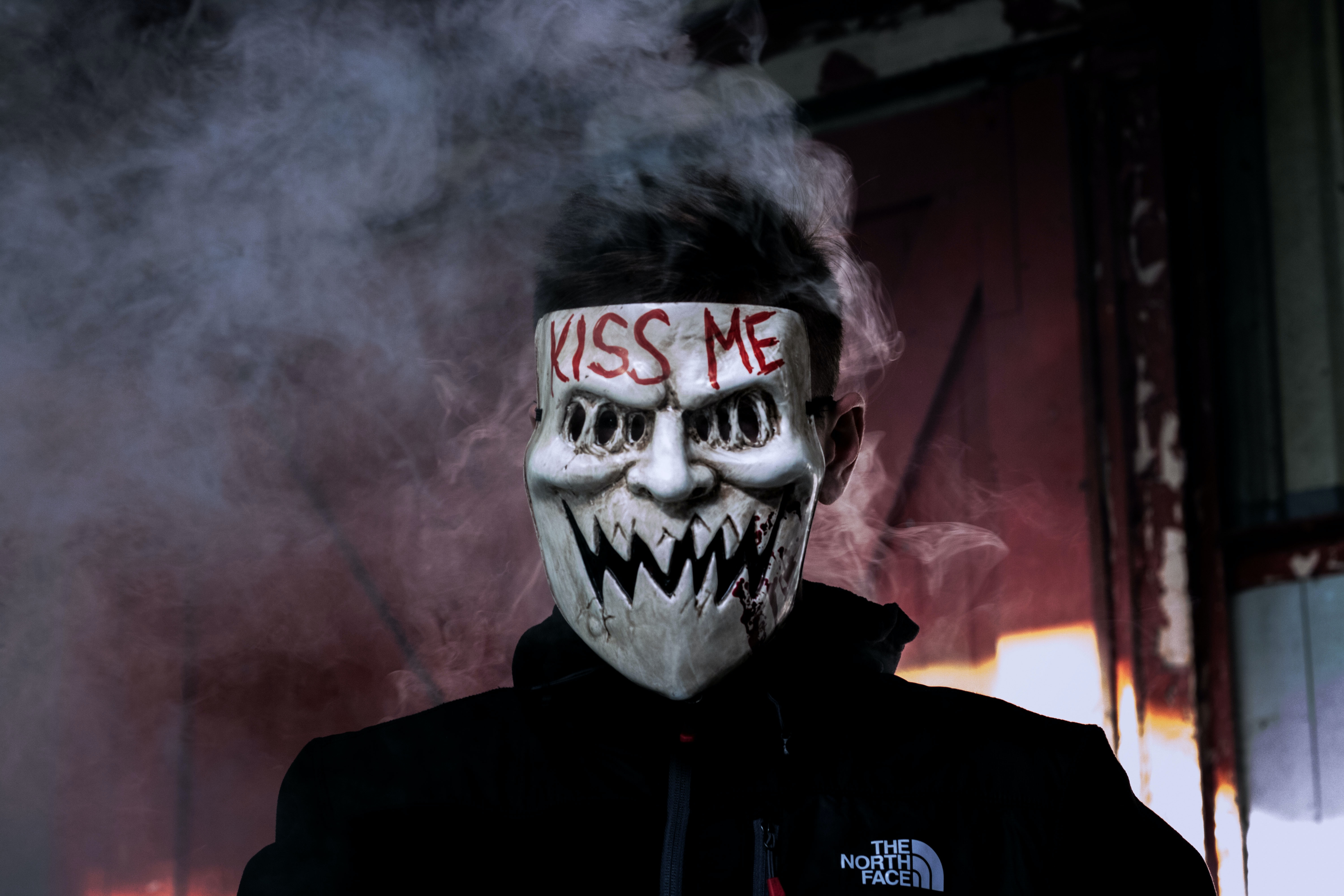
"The Psychology of Halloween: Why Do We Crave Frightening Experiences?
Introduction
As the leaves turn fiery shades of red and orange, and the crisp autumn air settles in, it's that time of year again – Halloween. Pumpkins are carved, costumes are donned, and spooky decorations abound. But have you ever wondered why we eagerly embrace the eerie and crave frightening experiences during this season? What is it about Halloween that taps into our fascination with fear and the macabre? To unravel the mystery behind our insatiable appetite for fright, we must delve into the fascinating world of psychology.
The Thrill of the Unknown
One of the primary reasons we are drawn to frightening experiences during Halloween is the thrill of the unknown. Human beings are wired to be curious, to seek out new experiences and push the boundaries of their comfort zones. This innate curiosity extends to the supernatural and the mysterious, making Halloween the perfect time to indulge in our fascination with the unexplained.
When we immerse ourselves in haunted houses, watch horror movies, or listen to ghost stories around a campfire, we are willingly subjecting ourselves to situations where the outcome is uncertain. This sense of uncertainty triggers the release of adrenaline and endorphins, creating a natural high that can be addictive. We become hooked on the rush of excitement that comes from not knowing what might happen next.
Safe Fear vs. Real Fear
Another aspect of the psychology of Halloween is the distinction between "safe fear" and "real fear." Safe fear is the type of fear we experience when we know we are not in any actual danger. For example, when you watch a horror movie, you can tell yourself it's just fiction, and the monsters on the screen can't harm you. This separation from real-life threats allows us to enjoy the fear without the genuine risk.
In contrast, real fear is what we experience in genuinely threatening situations, such as a car accident or a physical confrontation. Our brains are wired to respond to real fear by triggering the fight-or-flight response, releasing a surge of stress hormones to prepare us for immediate action. Halloween allows us to simulate this experience of real fear in a controlled and safe environment, giving us a sense of adventure without the true peril.
The Catharsis of Fear
The concept of catharsis, originally introduced by Aristotle, suggests that experiencing emotions like fear in a controlled setting can be therapeutic. When we expose ourselves to frightening situations on Halloween, we release pent-up stress and tension. It's a way to confront our fears, even if they are irrational or supernatural, and let them go.
Psychologically, this release of fear can be incredibly satisfying. It provides a sense of relief and accomplishment, much like facing and conquering a real-life fear or phobia. For some people, this cathartic experience can be a way to cope with anxiety or stress in their daily lives.
Social Bonding
Halloween is not just about individual experiences of fear; it's also a communal event. People come together to celebrate, share spooky stories, and engage in group activities like haunted house visits or costume parties. This sense of community and shared experience can be a powerful motivator for participating in Halloween festivities.
Engaging in frightening experiences with friends or family can strengthen social bonds. It provides an opportunity to connect on a deeper level, as the shared adrenaline rush and the need for mutual reassurance create a unique bonding experience. When we scream together in a haunted house or laugh at each other's creative costumes, we forge connections that enhance our sense of belonging.
The Power of Symbolism
Halloween is rife with symbolism, from the carved pumpkins to the eerie costumes. These symbols tap into our deep-seated psychological archetypes and cultural narratives. For example, the act of dressing up in costumes allows us to temporarily shed our everyday identities and take on new personas. This act of transformation can be liberating and cathartic, as we explore different facets of our personalities.
Likewise, the use of masks and disguises in Halloween traditions speaks to the idea of concealing our true selves, playing with the duality of identity, and embracing the mysterious and unknown. Psychologically, this can be a powerful way to explore our inner selves and confront aspects of our personalities that we may not often acknowledge.
A Celebration of Death and the Afterlife
Halloween also provides an opportunity to confront our mortality and explore our beliefs about death and the afterlife. Many Halloween traditions are rooted in ancient celebrations of the harvest and the transition from the warm, abundant days of summer to the cold, dark days of winter. This transition is often associated with the cycle of life and death.
By embracing symbols of death, such as skeletons, ghosts, and zombies, we confront the inevitable reality of our own mortality. This confrontation can be both unsettling and comforting. It reminds us that death is a natural part of life, and it encourages us to contemplate our beliefs and attitudes about what comes after.
Conclusion
In conclusion, the psychology of Halloween reveals that our craving for frightening experiences during this spooky season is deeply rooted in our human nature. We are drawn to the thrill of the unknown, the catharsis of fear, and the power of symbolism. Halloween allows us to confront our fears in a safe and controlled environment, bond with others through shared experiences, and explore the complex themes of death and the afterlife.
So, as you don your costume, carve your pumpkin, and venture into haunted houses this Halloween, remember that you are not alone in your fascination with fear. It's a fundamental aspect of the human experience, and Halloween provides a unique opportunity to embrace it in all its eerie glory. Happy Halloween!
